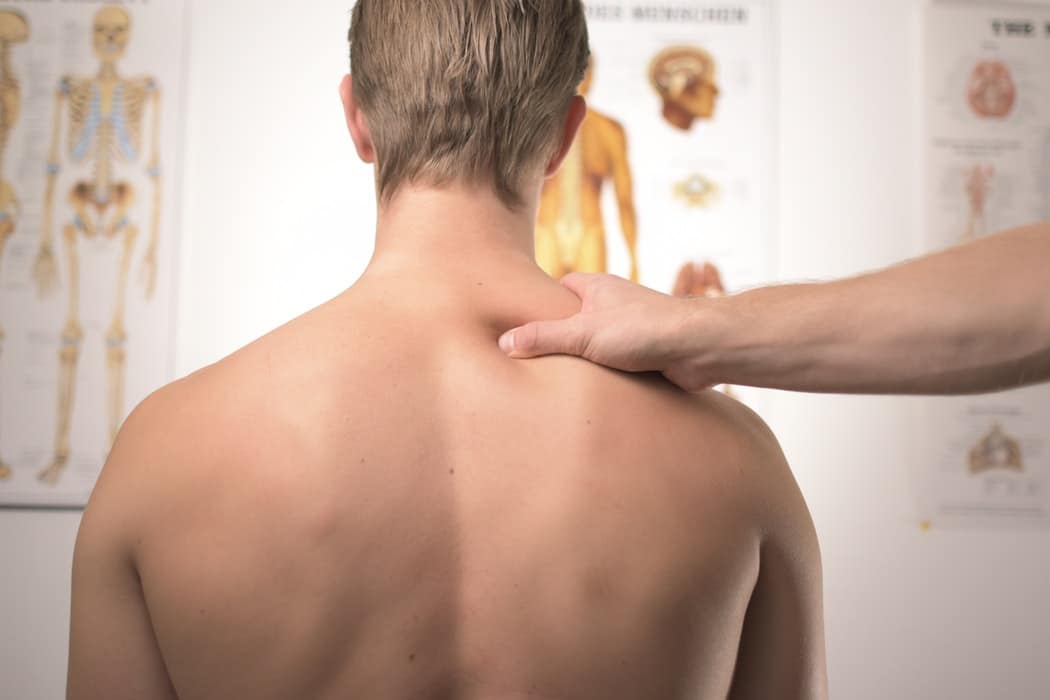
As one of the most common health problems, back pain affects individuals at least once throughout their lives. Determining the root cause of one’s back issues is critical to receiving appropriate care to resolve and prevent long-term complications that may result. While the lower lumbar region is often most affected, back strain and sprains, sciatica can happen anywhere along the spine and have debilitating effects on the sufferer. Understanding the types of spinal injuries that can occur is vital in understanding why you are hurting so much.
When one injures a ligament within their back, it is known as a back sprain. These typically are a result of overuse or sudden twisting and involve painful inflammation. The healing process could last up to 10 weeks or more, depending on the severity of your injury.
This is a more severe injury that involves the damaging of muscles and/or tendons in one’s back. It often occurs in the lower back after lifting improperly or overextending the muscles surrounding the spine. Just like a sprain, healing times can last months if there was significant damage.
Some injuries occur over time when we put our bodies through the rigors of regular physical activities and everyday living. This condition is a result of our cushioning discs shrinking and which causes our vertebrae to lose their strength. Painful inflammation and ache are common symptoms of this condition as these vertebral bones rub and push against one another without any padding to absorb the pressure.
Also known as a bulging disc this condition involves the soft jelly-like substance within our cartilage cushioning to erupt from the sac that contains it. When this happens, additional pressure is put on to the spine and surrounding nerves, which causes significant pain.
When one of our vertebrae becomes cracked due to a traumatic injury, it will eventually shift out of its place in our spine, causing excruciating pain in our back. This painful condition regularly happens in sports situations that put constant stress on the lower lumbar region.
Over time or after a traumatic spinal injury, the spaces between your vertebrae may start to narrow, putting pressure on nerves and your spine that can cause long-term health complications that include:
This condition most often occurs in the lower back and cervical region of the neck and requires ongoing care to manage it.
Like a lot of joint aches and pains we experience, back injuries get better on their own most of the time, and you feel back to normal within a few weeks. Relying on home treatment options to relieve our pain after a minor injury makes sense, but you shouldn’t take the severity of your condition lightly. When you have ongoing back inflammation, painful pinched nerve sensations, or loss of mobility, it’s important to get it evaluated by a trusted back injury doctor.
Find A Doctor | New York Doctors | New Jersey Doctors | Connecticut Doctors
Medical Services | Conditions Treated | Insurance | Contact Us | Privacy Policy | Site Map | Terms of Service | Blog | Advertising
This site does not provide or endorse any medical or legal advice. All medical practices listed on this site are independently owned and operated by licensed physicians. Learn more
Copyright © var currentYear = new Date().getFullYear();document.write(currentYear); Injured Call Today. All Rights Reserved.
